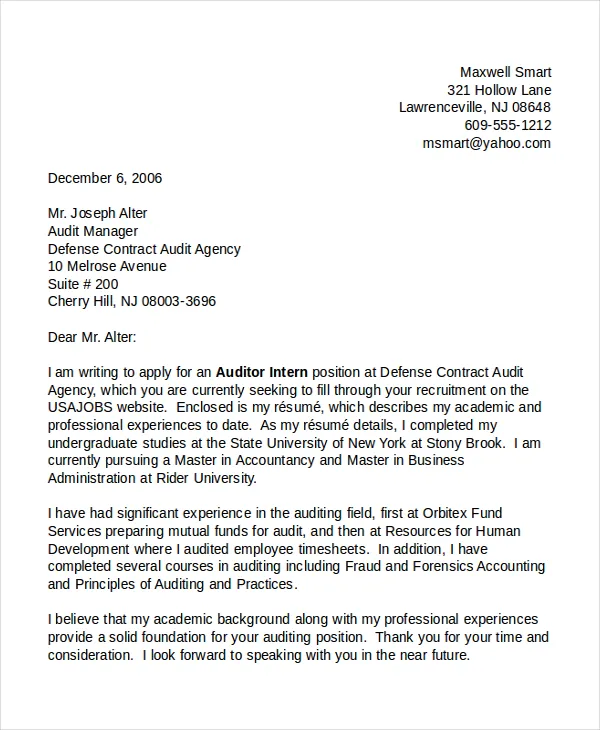Cover Letter: Key Elements
A well-crafted cover letter is your first impression on a potential employer and a crucial component of any job application. It serves as more than just a formality; it’s an opportunity to showcase your personality, highlight your relevant skills and experiences, and explain why you’re the perfect fit for the role. Understanding the key elements of a cover letter is essential for creating a document that grabs the hiring manager’s attention and encourages them to read your resume. This guide will walk you through the essential components, providing practical tips and examples to help you write a compelling cover letter that gets results. Creating a professional cover letter can significantly increase your chances of landing an interview.
Contact Information & Date
The beginning of your cover letter sets the tone and provides essential contact information. It ensures that the recipient can easily reach you and establishes a professional appearance. Including the date ensures that your application is clearly time-stamped, which can be helpful for both you and the employer. Always make sure your contact information is up-to-date and easily accessible. Ensuring correct formatting is crucial for a professional appearance. A well-formatted contact section is a sign of attention to detail, a quality that employers often value.
Your Contact Details
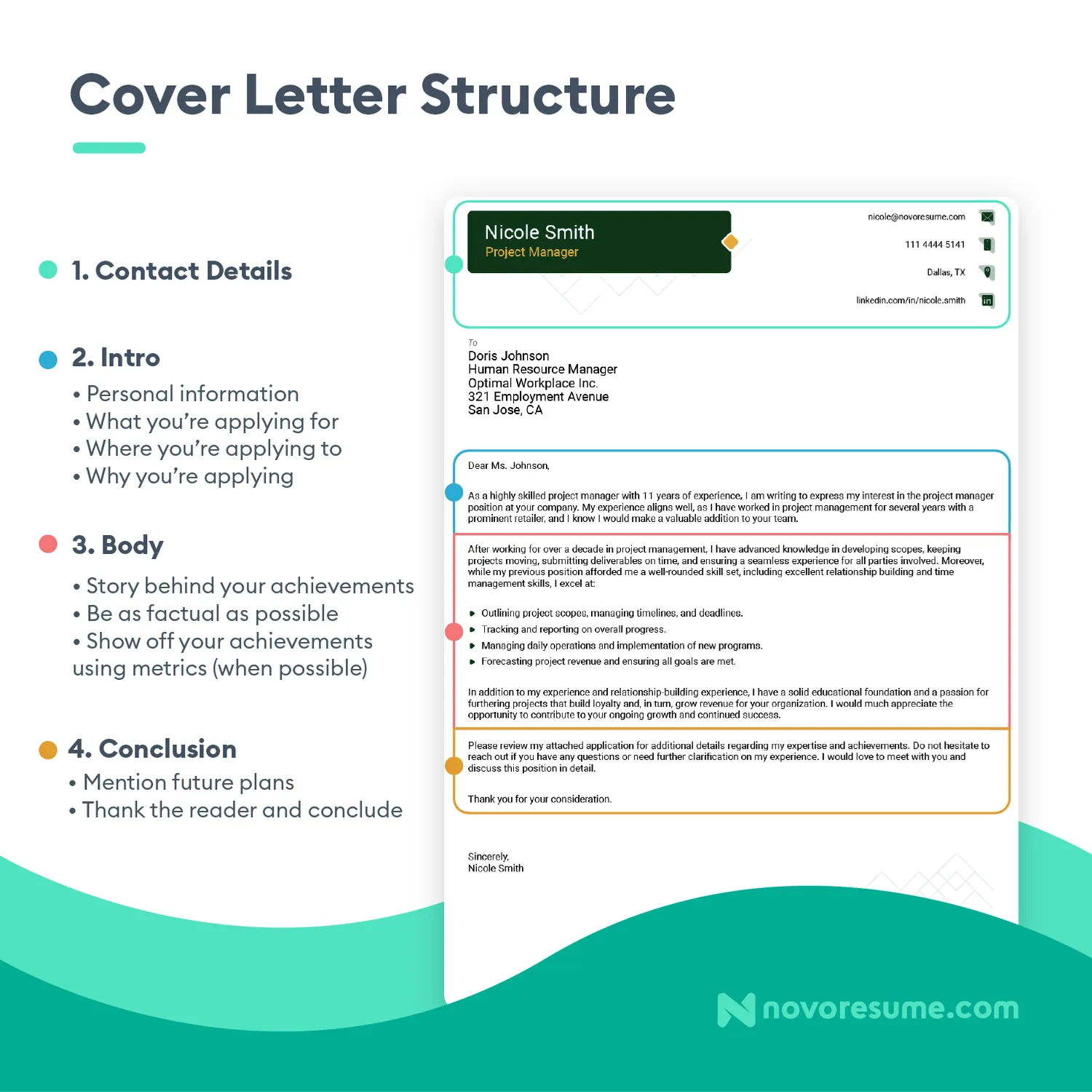
At the top of your cover letter, include your full name, address, phone number, and email address. Use a professional email address, ideally one that includes your name. The goal here is to make it simple for the employer to contact you quickly. Consistency is critical here, so make sure that your contact details are the same on your resume. Check and recheck the accuracy of your contact information because a simple typo can cause you to miss an interview opportunity. Presenting your information clearly and concisely shows attention to detail, a key attribute that employers seek in potential candidates.
Recipient’s Contact Details
Below your contact information, include the hiring manager’s name, their title, the company name, and the company’s address. If you don’t know the hiring manager’s name, research it on LinkedIn or the company website. Addressing the letter to a specific person adds a personal touch that generic applications lack. If you cannot find a specific name, use a general title like ‘Hiring Manager’. This personalization indicates that you’ve taken the time to research the company and the role, which can make a positive impression on the hiring team. Make sure all the details are accurate and current.
Salutation
The salutation is the greeting of your cover letter, setting the tone for the rest of the document. It’s essential to choose a salutation that is both professional and appropriate for the context. Using the hiring manager’s name shows that you have researched the role and company, signaling to the recruiter that you are serious about the position. If you’re unsure of the hiring manager’s name, use ‘Dear Hiring Manager’ or ‘Dear [Department Name] Team’. Avoid outdated or overly casual greetings. A well-chosen salutation is the first step in making a great impression.
For instance, ‘Dear Mr. Smith’ is more formal, while ‘Dear Jane’ may be appropriate if you’ve interacted with her previously. The tone you choose should match the company culture and your personal communication style. The key is to maintain a professional tone while still making it clear that you have done your homework. Proper salutation helps make your letter sound more personalized and shows your attention to detail.
Body Paragraphs

The body of your cover letter is where you make your case for why you’re the ideal candidate. This section should be divided into clear, concise paragraphs that each serve a specific purpose. The body should provide insight into why you are interested in the position, what you have to offer, and how your skills match the job requirements. Each paragraph should be well-structured and easy to read. Avoid simply repeating your resume; instead, elaborate on key accomplishments and skills that are most relevant to the job. Your goal is to convince the reader that they should consider your application further.
First Paragraph: Purpose
Start your cover letter by stating the position you’re applying for and how you learned about it. Briefly explain why you’re interested in the role and the company. Show your enthusiasm and interest from the very beginning, highlighting your knowledge about the company. In this paragraph, you should grab the reader’s attention. Be specific about the role and the company; show them that you’ve done your research. Clearly stating your purpose sets the stage for the rest of your letter, where you delve into your qualifications and what you bring to the table. Make it concise and to the point.
Second Paragraph: Skills and Achievements
This is where you showcase your relevant skills and accomplishments. Provide specific examples that demonstrate how you’ve excelled in previous roles. Quantify your achievements whenever possible. For example, instead of saying ‘Managed social media,’ say ‘Increased social media engagement by 30% in six months.’ The objective is to show, not just tell, what makes you a strong candidate. Align your skills and experiences with the job requirements. This means reviewing the job description carefully and highlighting the skills and experiences that the company is looking for. The goal is to provide concrete examples of your abilities.
Third Paragraph: Value Proposition

In this paragraph, explain what you can bring to the company and how you can contribute to their goals. Briefly discuss how your skills and experience align with the company’s mission or values. Show the recruiter what value you can bring to the role. Tailor this part of your letter to the specific company and position, referencing the job description and your understanding of the company’s needs. Use this section to sell yourself, emphasizing your unique selling points and what makes you stand out from other applicants. This is your chance to leave a lasting impression.
Closing
Your closing should be professional, expressing your enthusiasm for the opportunity and providing a clear call to action. It should summarize your interest in the position and reiterate your key qualifications. A good closing leaves the reader with a positive impression and makes them want to contact you. The closing of your cover letter is an opportunity to solidify your interest and make it easy for the employer to move forward. It’s your last chance to impress before they move on to your resume.
Formal Closing & Signature
Use a formal closing like ‘Sincerely,’ ‘Respectfully,’ or ‘Best regards.’ This signals that you’ve finished and are ready to end your letter. Below your closing, leave space for your signature (if submitting a hard copy) and then type your full name. Make sure your signature is legible and professional. The closing and signature are final touches, showcasing your professionalism. Ensure everything is formatted correctly for a polished and professional appearance.
Cover Letter Formatting
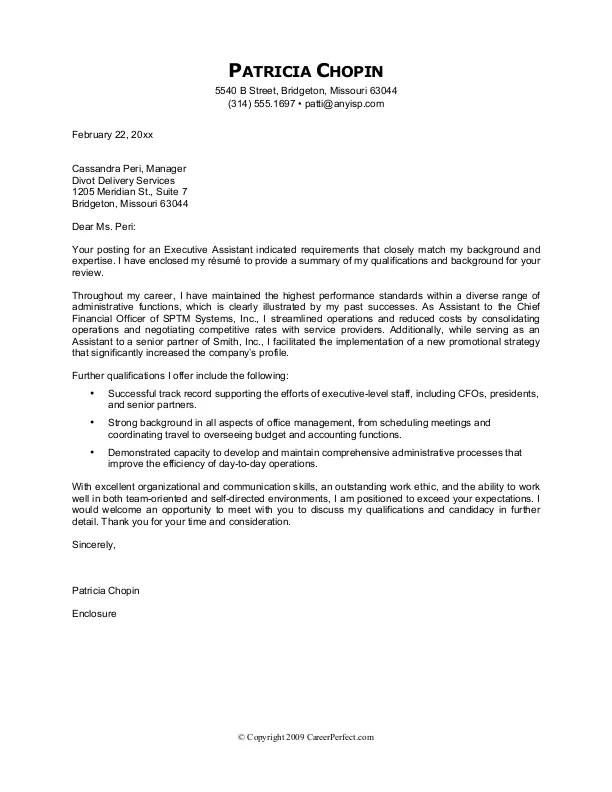
Proper formatting is crucial for a cover letter, as it significantly impacts readability and professionalism. A well-formatted cover letter is easy to read, visually appealing, and demonstrates attention to detail. The right format can make your application stand out. This section will cover the essential formatting elements. Correct formatting is essential; it shows your professionalism. It also allows the recruiter to quickly and easily read the details of your cover letter. Good formatting can highlight your best attributes and create a positive impression.
Font and Spacing Guidelines
Choose a professional font such as Times New Roman, Arial, or Calibri in a size between 10 and 12 points. This ensures that your letter is easy to read. Use single spacing within paragraphs and double spacing between paragraphs. Proper spacing helps the reader’s eyes and adds a polished look to the document. Align your text to the left and use consistent formatting throughout. Avoid unnecessary bolding or underlining. Your formatting choices should be consistent throughout the document. This creates a unified and professional look that helps the recruiter.
Length Considerations
Keep your cover letter concise. Aim for one page, or a maximum of 400 words. The ideal length ensures the hiring manager will read your entire letter. Focus on the most relevant and impactful information. Avoid including unnecessary details that could distract from your key qualifications. A concise cover letter is more likely to hold the reader’s attention and leave a strong impression. Ensure that every sentence and paragraph serves a clear purpose. This demonstrates your ability to communicate efficiently and effectively.
Cover Letter Examples by Job Type
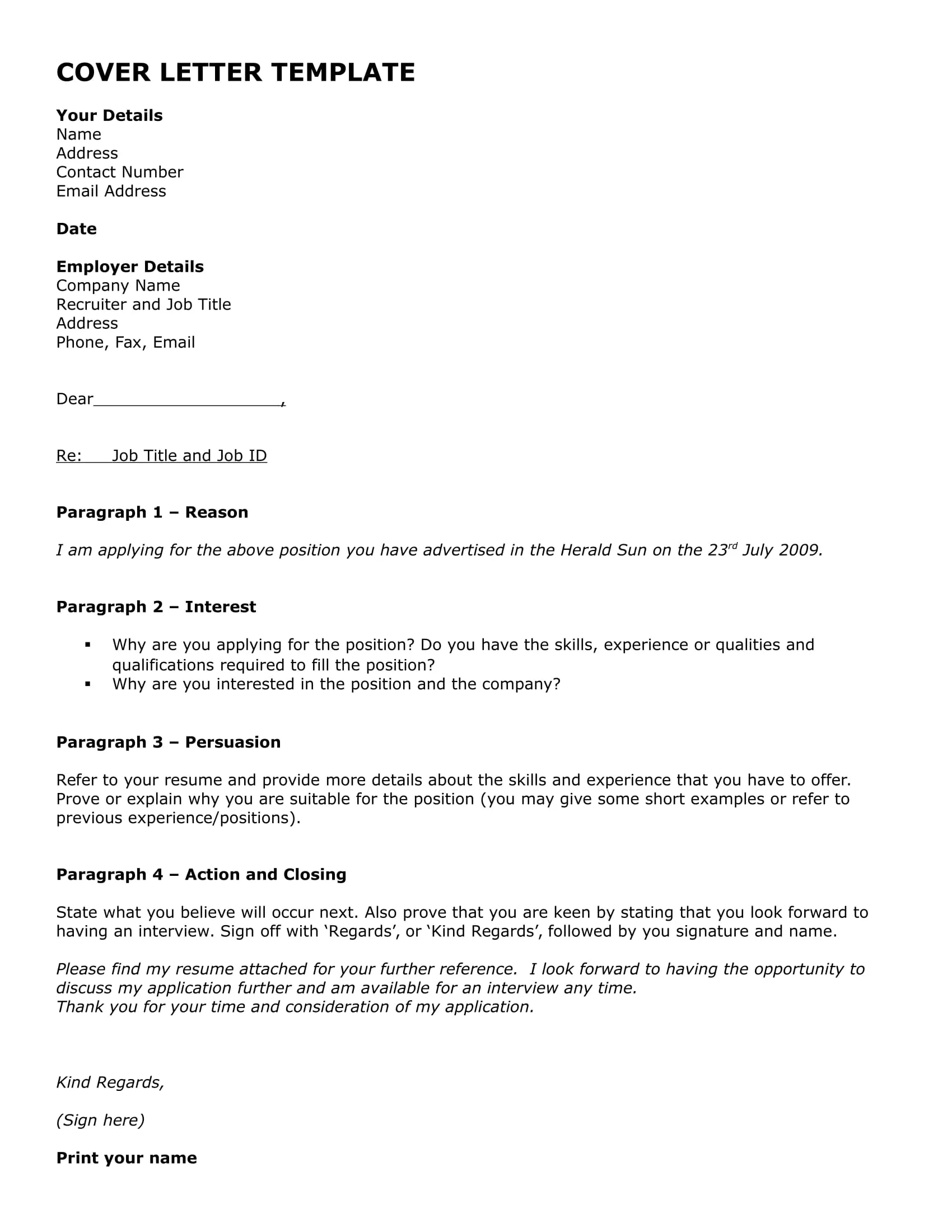
Cover letters should be tailored to each job. To highlight this, let’s look at two examples, one tailored towards a marketing role and one to an engineering role. Tailoring your letter is essential. It allows you to highlight the experiences and skills that the hiring manager is most interested in. Customization demonstrates that you have researched the job and the company. A well-customized cover letter significantly increases your chances of getting an interview. The examples show how to adjust the language and content to best match the requirements of each role.
Example for a Marketing Role
For a marketing role, highlight your experience with marketing campaigns, digital marketing, social media, content creation, and data analysis. Focus on results and measurable achievements. For example, ‘Increased website traffic by 40% through SEO optimization’ is much more impactful than ‘Managed SEO.’ Also, mention your understanding of marketing trends and your ability to create engaging content. Marketing cover letters should showcase a creative approach. Show the hiring manager how you will solve their problems. Make sure you align your skills with the specific requirements outlined in the job description.
Example for an Engineering Role
For an engineering role, emphasize your technical skills, project experience, and any relevant certifications. Be specific about the types of projects you’ve worked on and the technologies you’re proficient in. Quantify your achievements whenever possible, for example, ‘Designed and implemented a system that reduced operational costs by 20%.’ The letter should show your ability to solve problems and collaborate in a team. Highlight any experience that aligns with the role’s requirements. Highlight your ability to solve real-world problems. It will show the recruiter your problem-solving capabilities.
Common Mistakes to Avoid
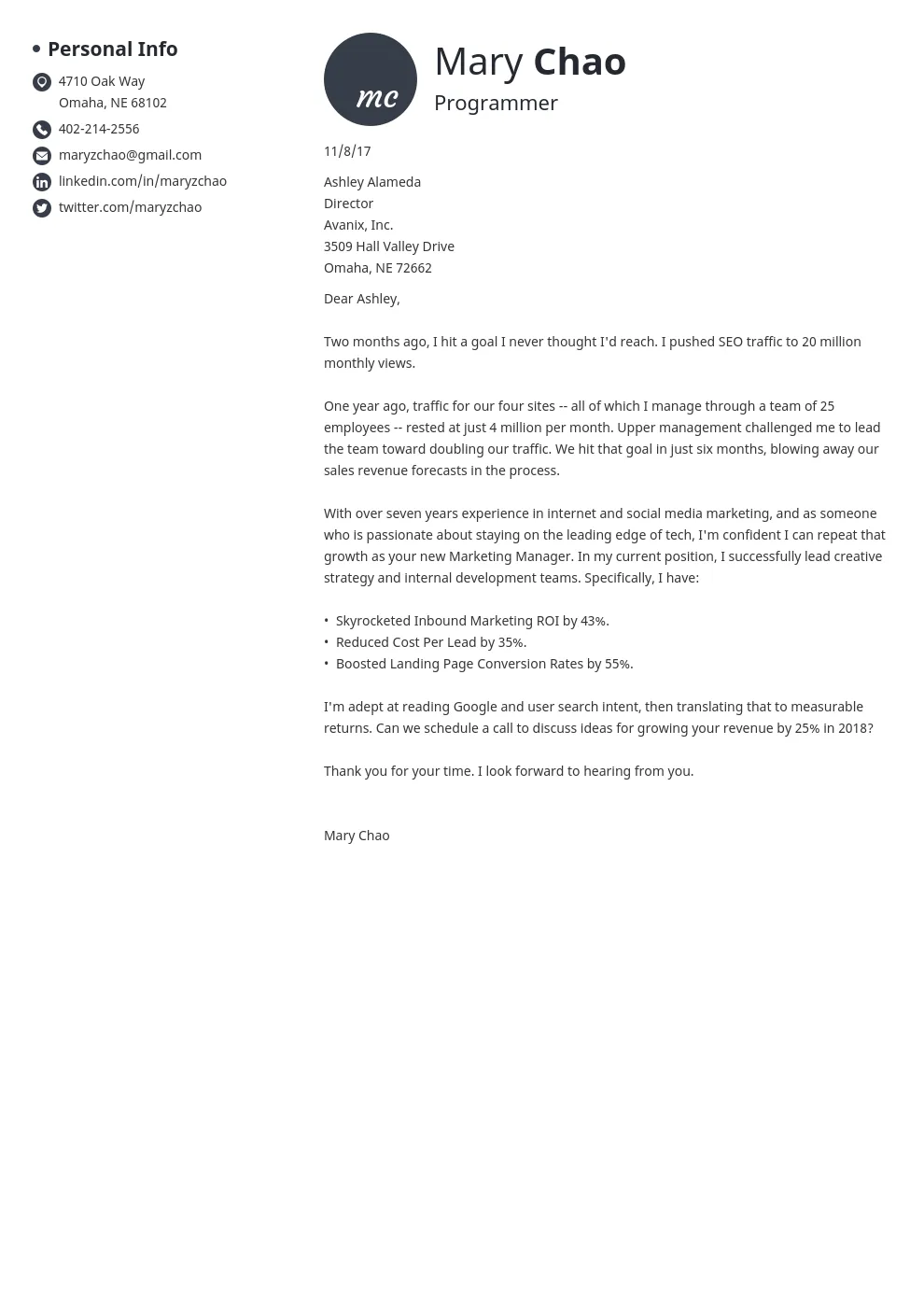
Avoid common mistakes that can immediately disqualify your cover letter. These can be as simple as typos or more complex, like using generic language. Being aware of these mistakes will help you present yourself in the best possible light. Avoid these pitfalls for a more effective cover letter. Proofreading is essential to catch mistakes, and tailoring is vital to highlight your best attributes.
Generic Language
Avoid using generic phrases and clichés that don’t differentiate you from other applicants. Instead, use specific details that showcase your skills and experiences. Generic language makes your letter unmemorable and suggests a lack of genuine interest. The hiring manager wants to see a unique candidate. Use specific examples and quantifiable achievements. This makes your cover letter stand out and shows that you’ve invested time and effort in the application. Be authentic and avoid sounding like everyone else.
Typos and Grammatical Errors
Typos and grammatical errors are a major turnoff for recruiters. Always proofread your cover letter carefully before submitting it. Use a grammar checker and ask a friend or colleague to review it. Errors indicate a lack of attention to detail and can make a negative impression. Taking the time to proofread your cover letter demonstrates your professionalism. Always proofread your cover letter before submitting it. It highlights that you are serious about the role. Ensure that your cover letter is free from mistakes. It will create a positive impression on the hiring manager.
Conclusion
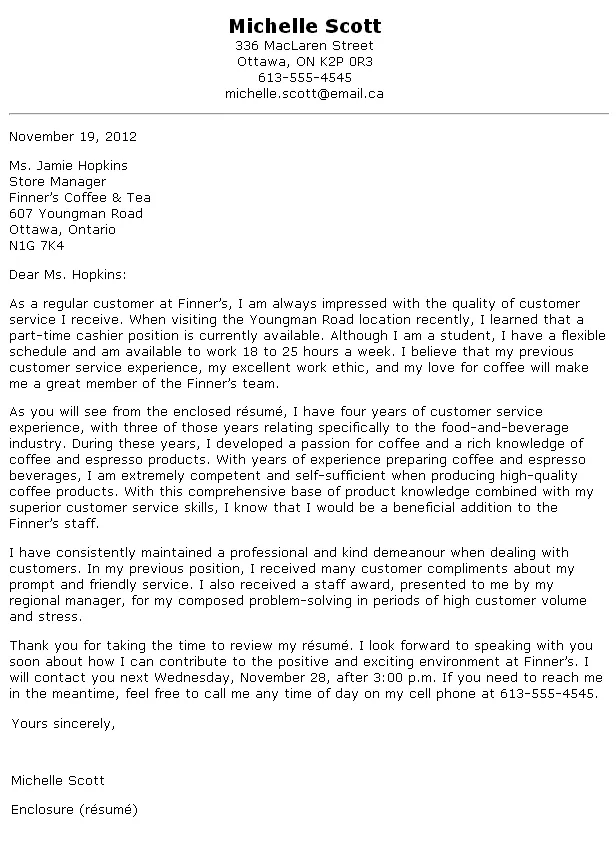
Writing a compelling cover letter requires careful planning, attention to detail, and a strong understanding of what employers are looking for. By following the guidelines outlined in this guide, you can create a cover letter that showcases your skills, highlights your achievements, and makes a positive impression on potential employers. Remember to tailor your cover letter to each job application, proofread carefully, and always show your enthusiasm for the opportunity. Your cover letter is an advertisement for your resume, make it count. With a well-crafted cover letter, you’ll be well on your way to landing your dream job.
